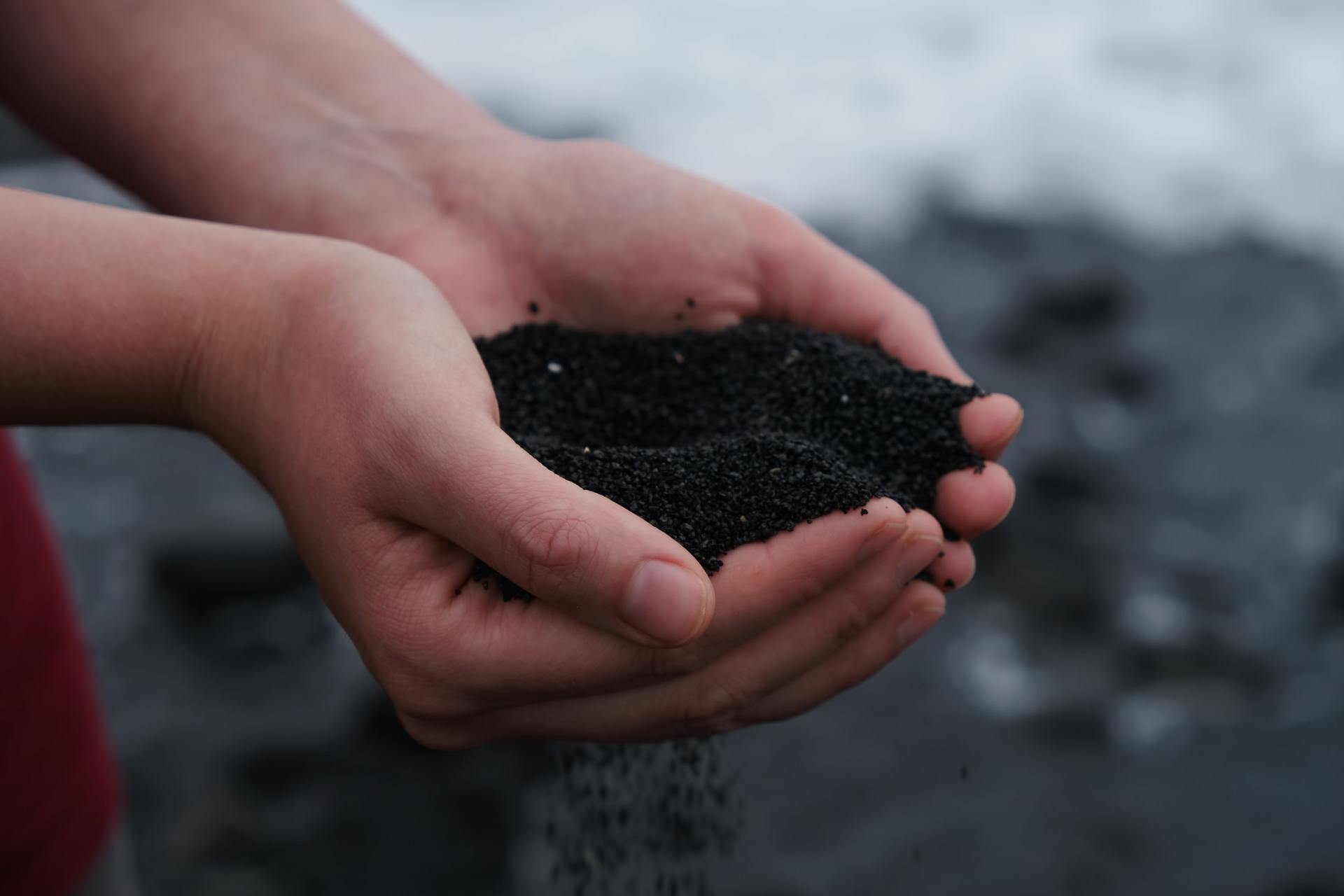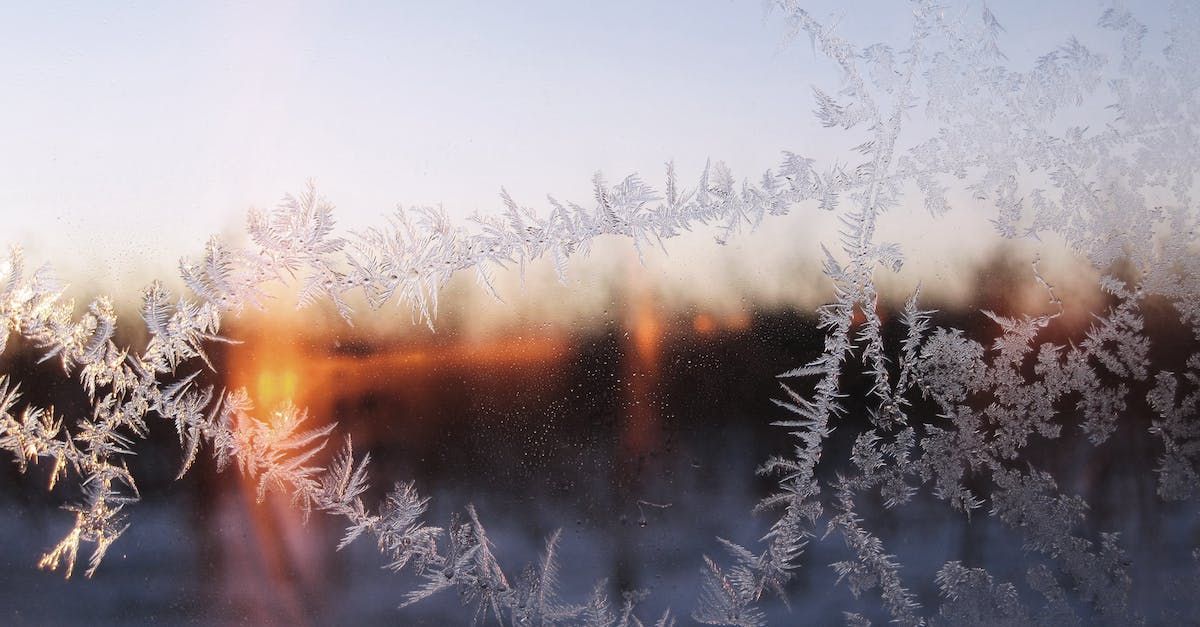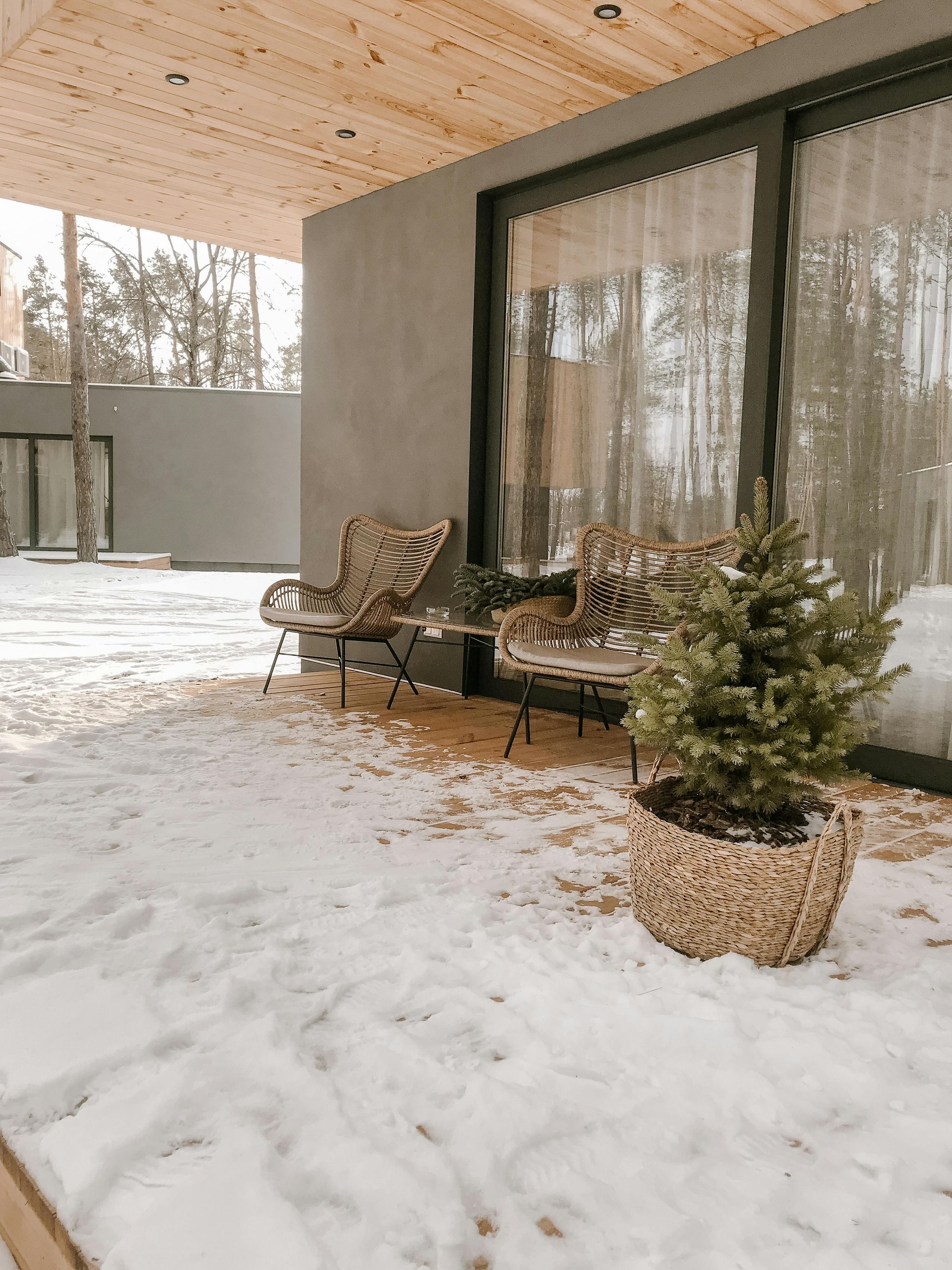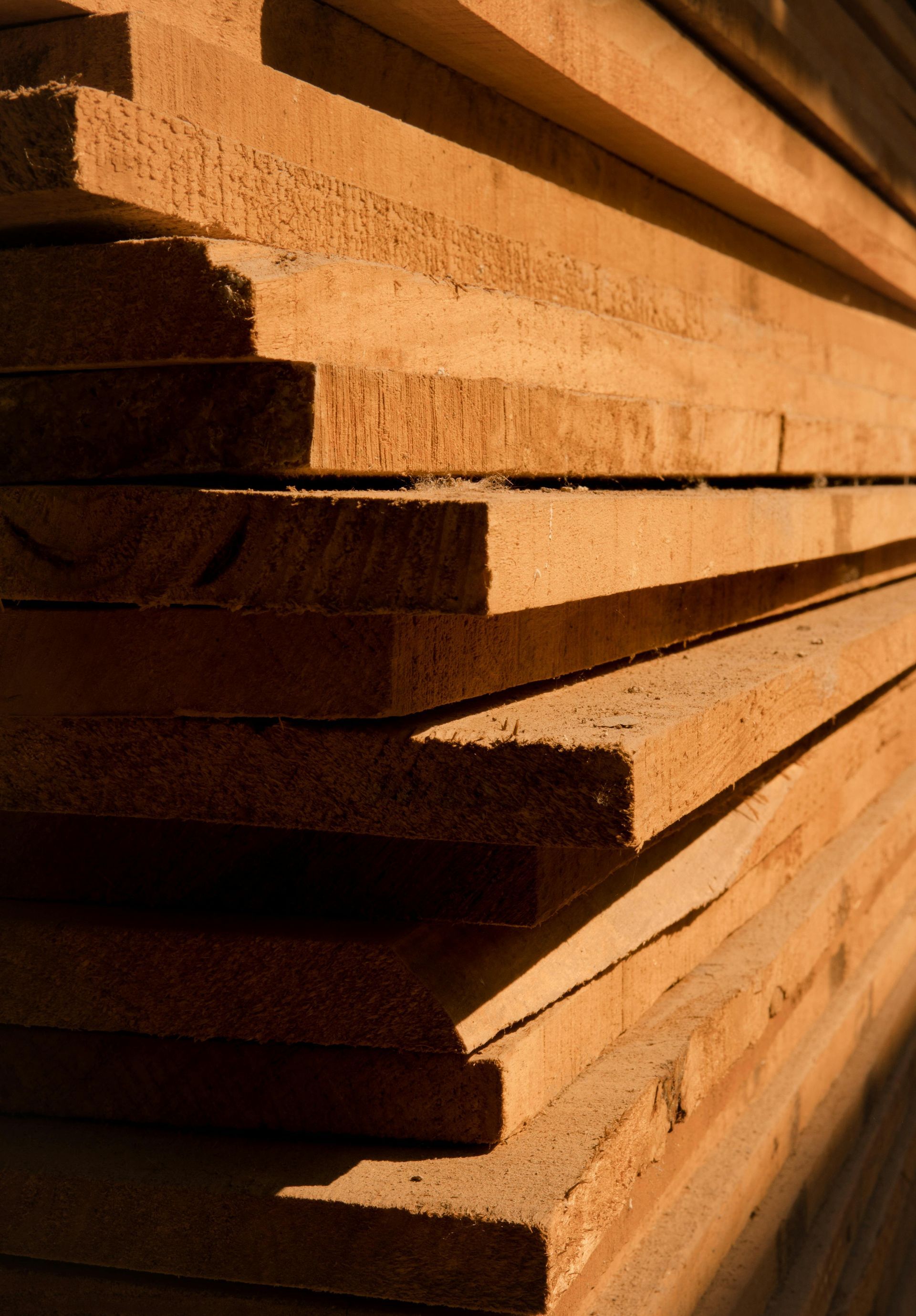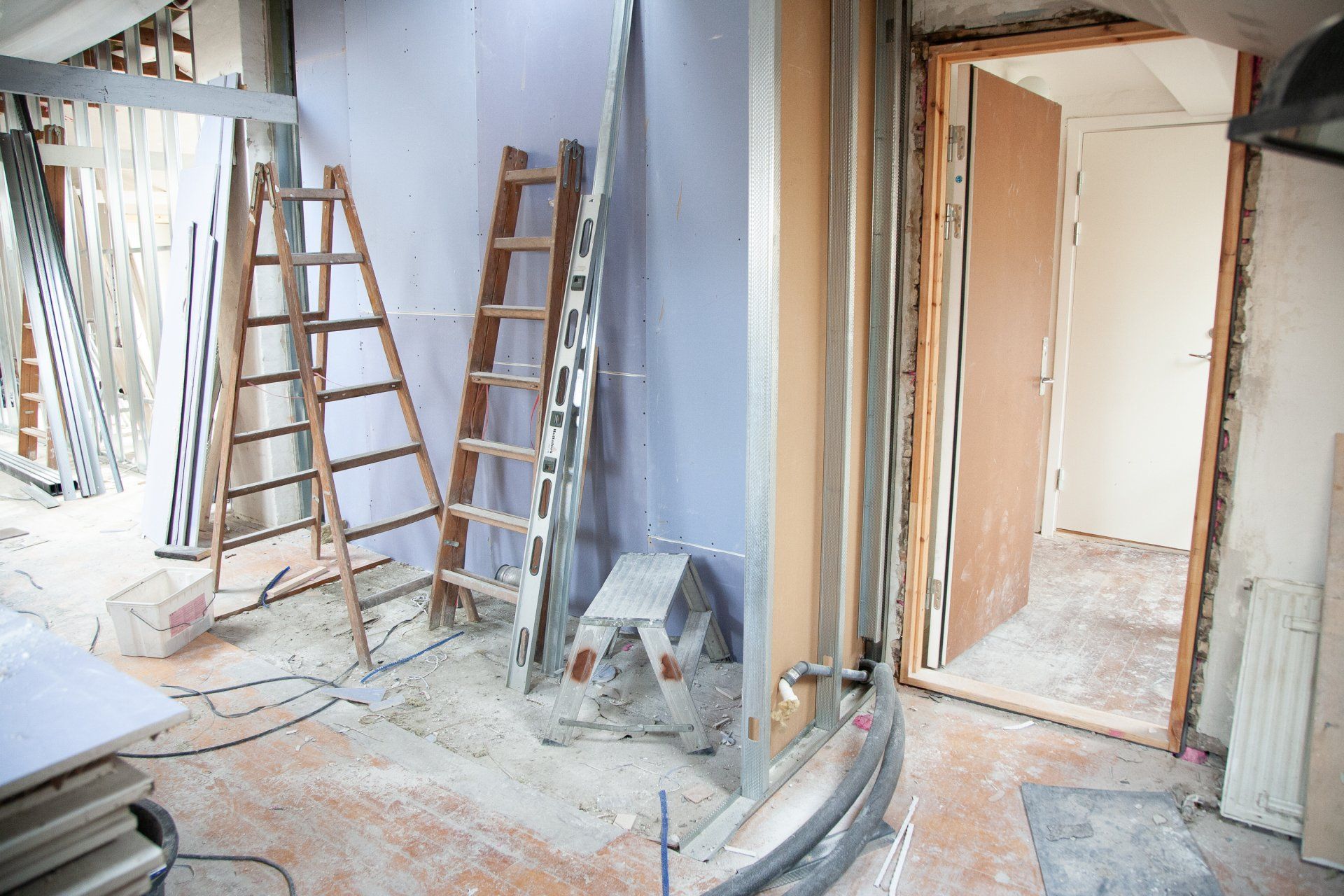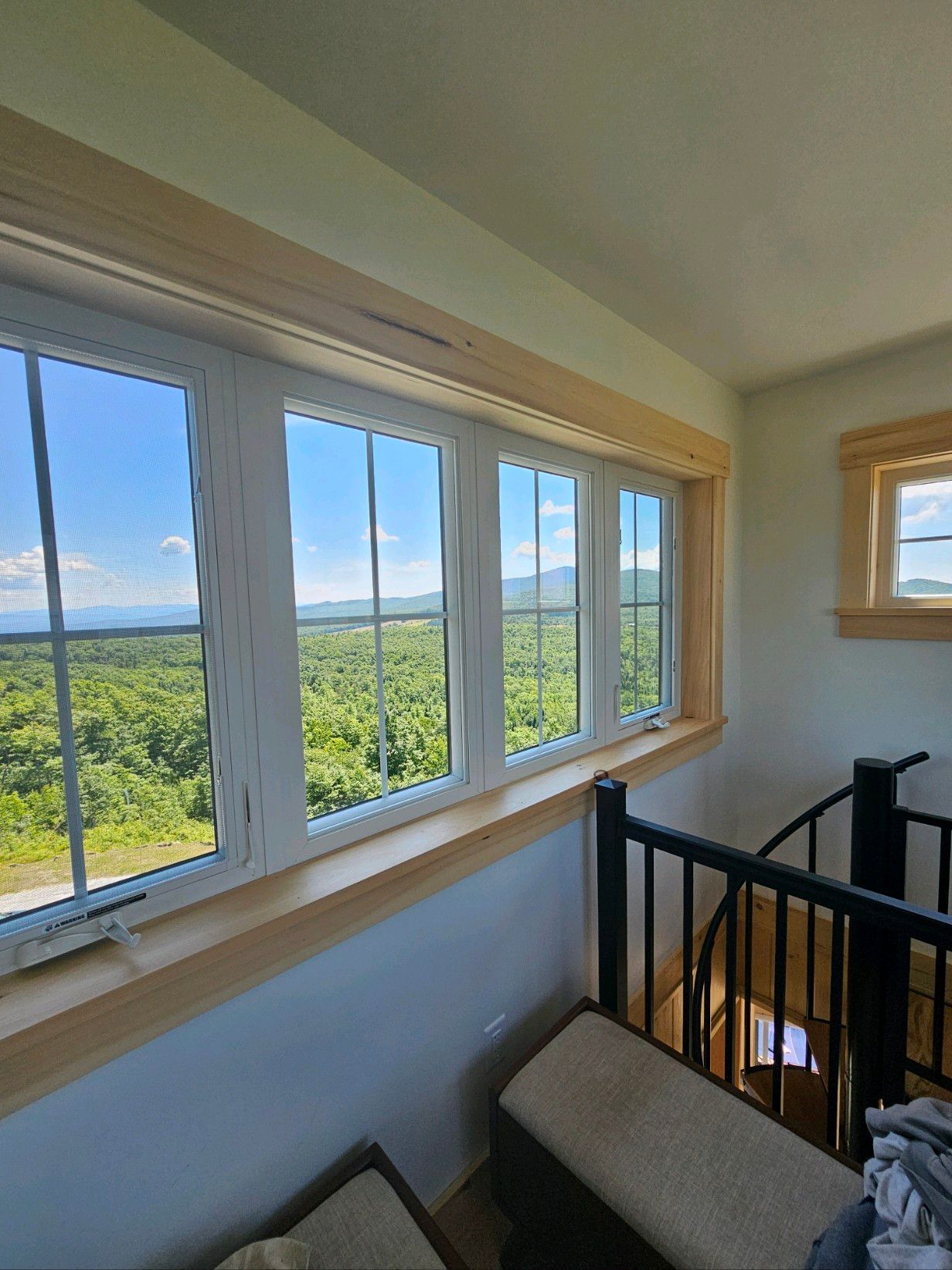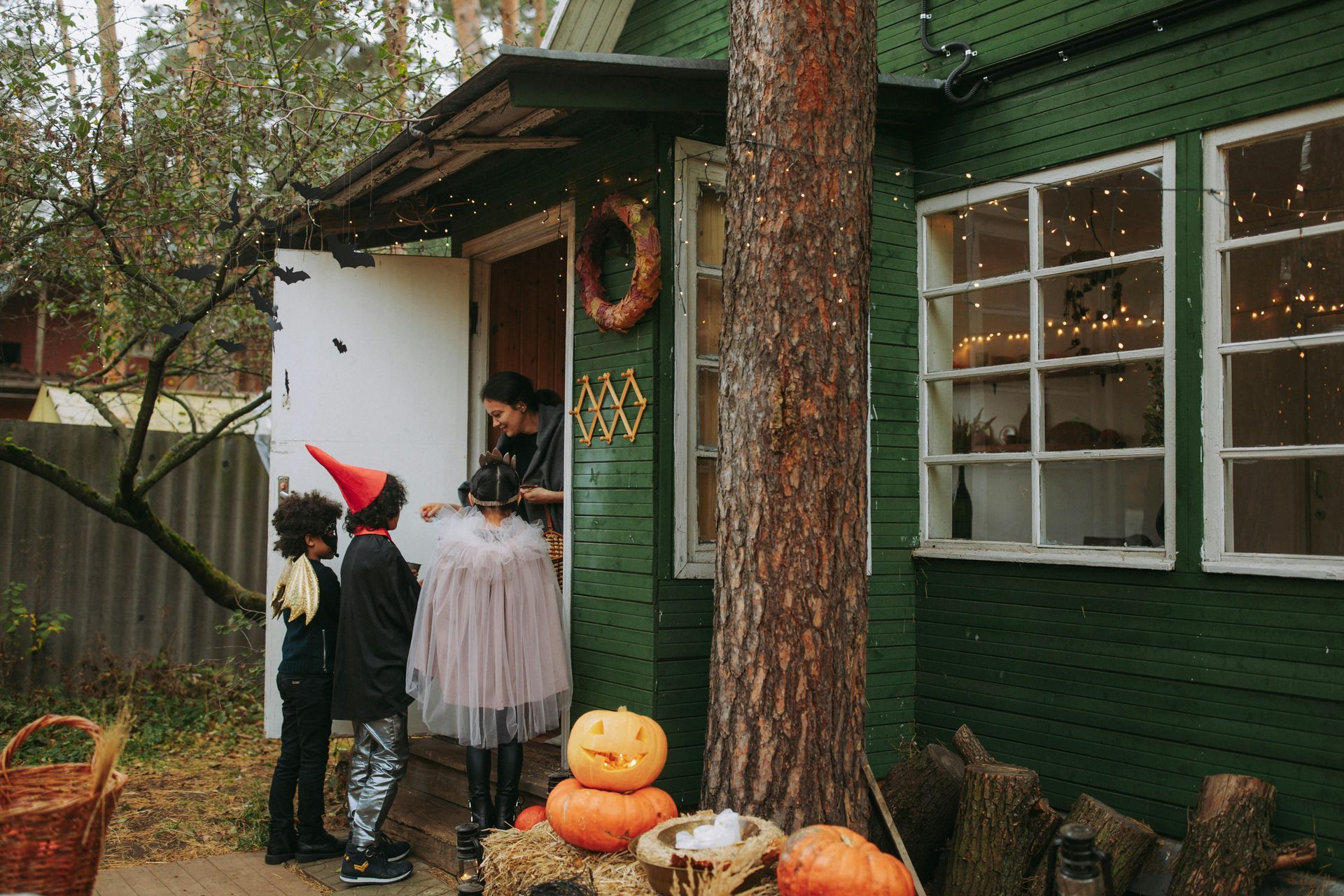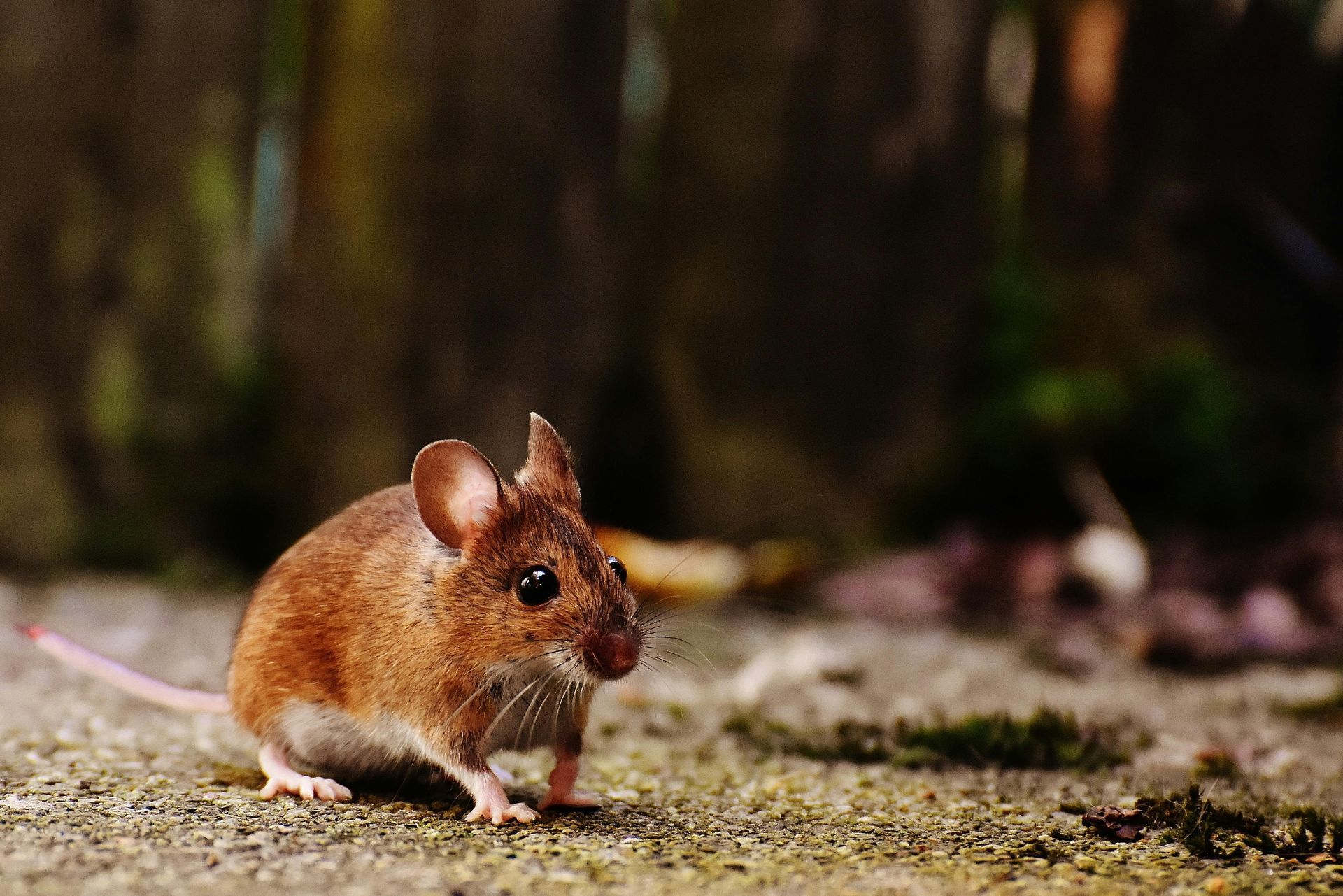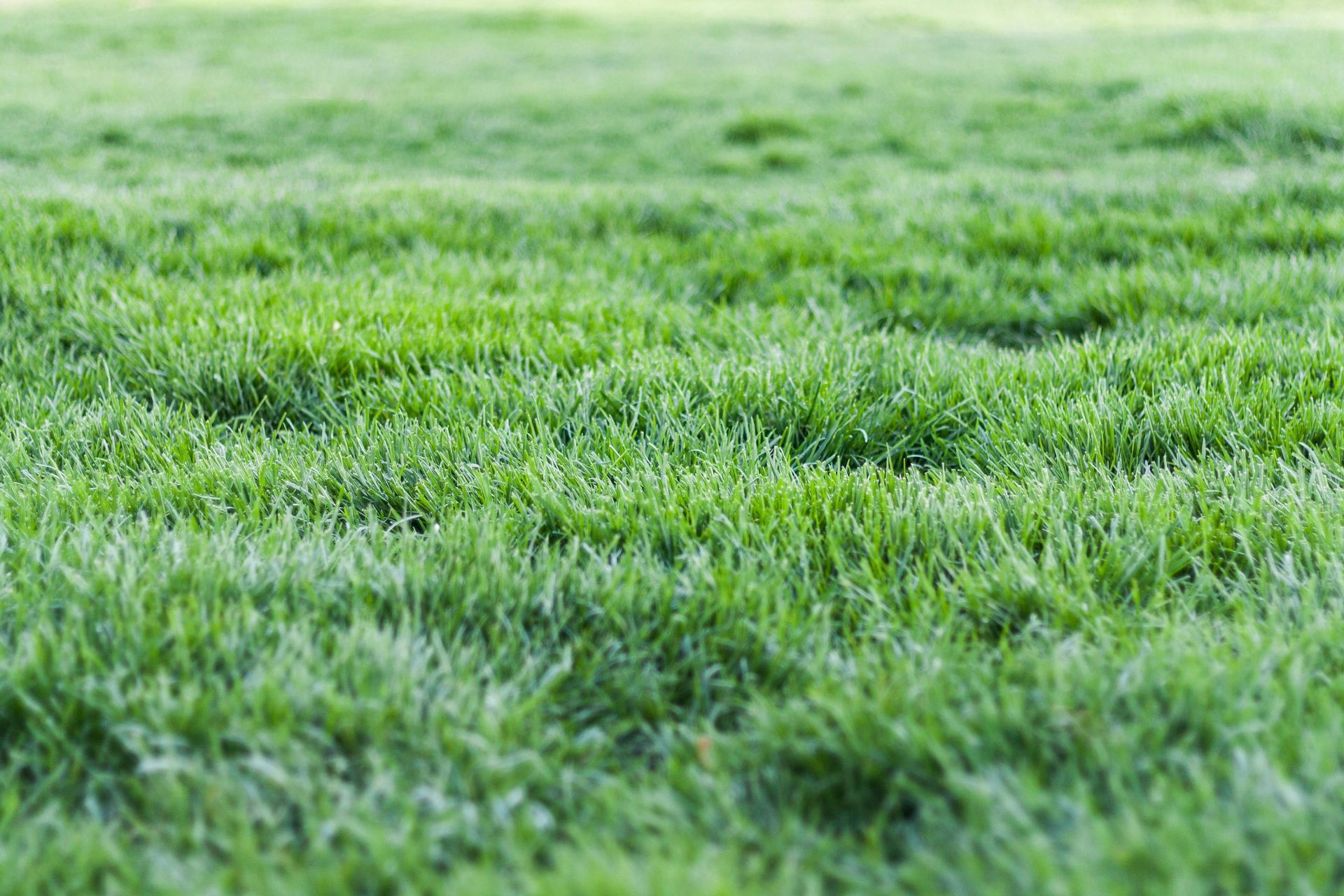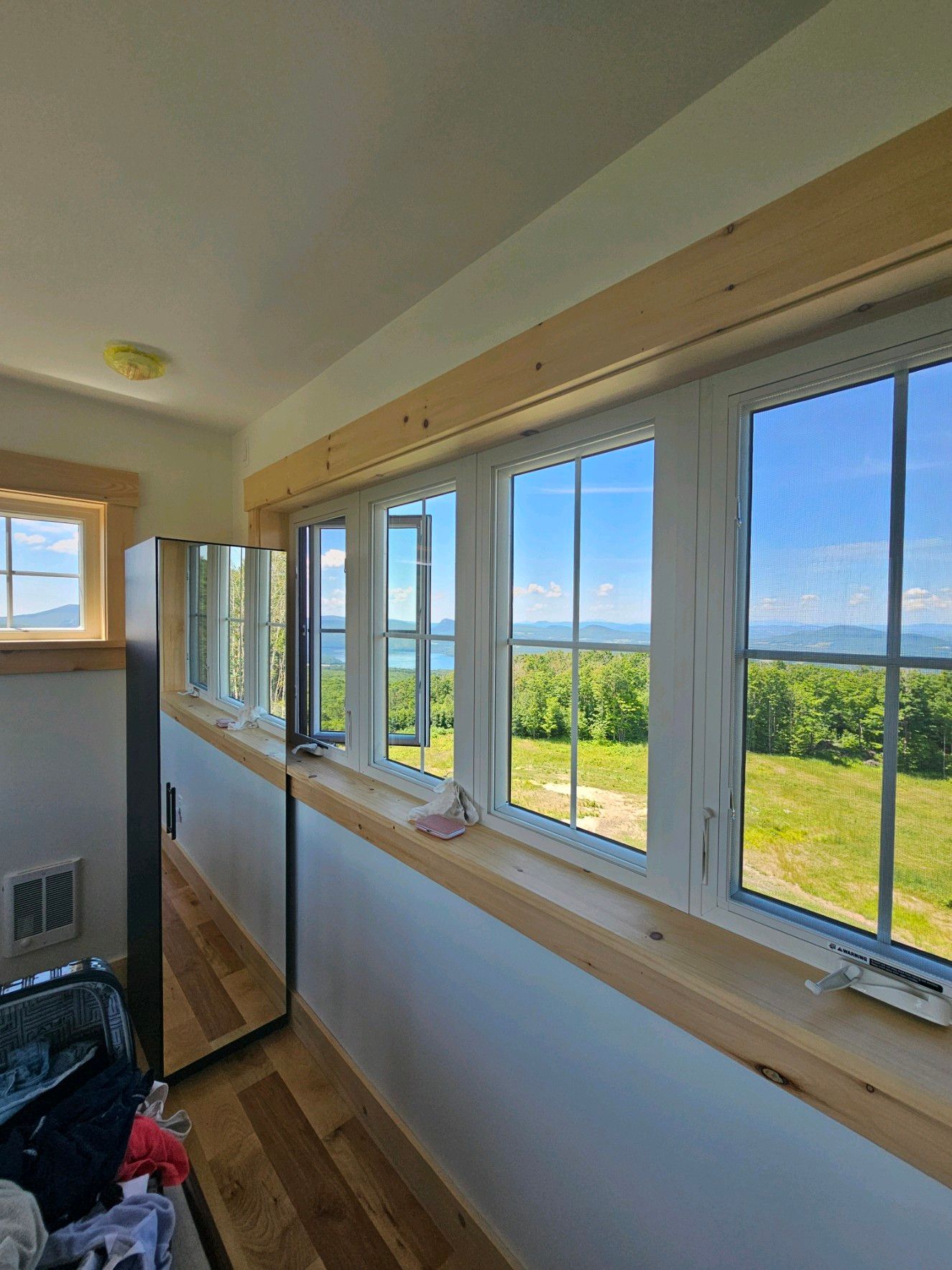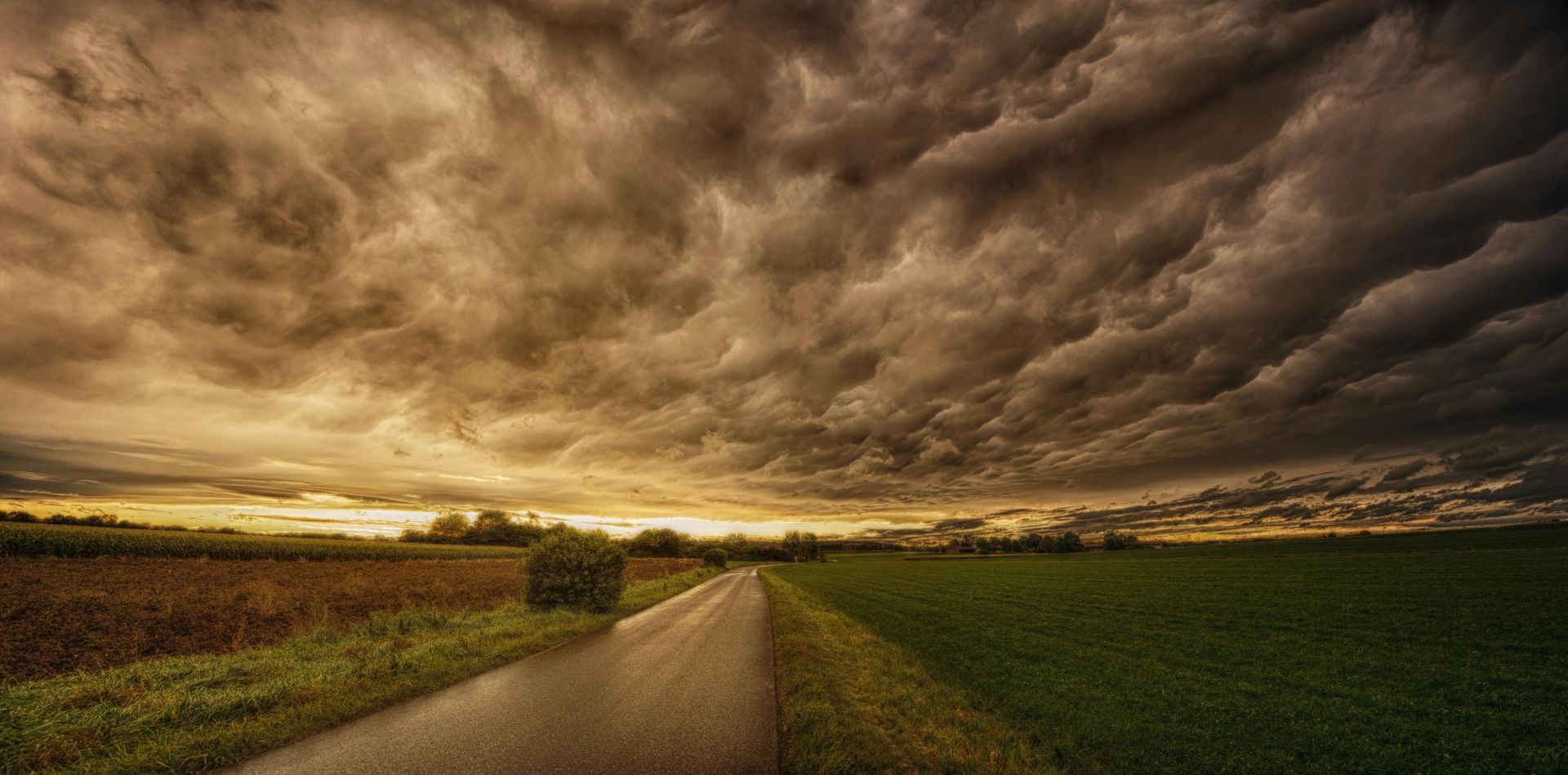Composting for Beginners
Compost is a simple way to add nutrient-rich humus to your lawn or garden that fuels plant growth and restores vitality to depleted soil. It's also free, easy to make!
Learn How to Make Compost
How to Make a Compost Bin Using Pallets
Is There Anything I Shouldn’t Put in My Compost?
- Meat, Bones or Fish Scraps. Do not compost meat, bones, or fish scraps (they will attract pests) unless you are using a composter designed specifically for this purpose.
- Weeds.
Avoid composting perennial weeds or diseased plants, since you might spread weed seeds or diseases when spreading your compost.
- Baked goods. Like milk and meat products, wild animals have an affinity for baked goods just like you do.
- Milk Products. While dairy products are perfectly biodegradable, they can attract unwanted pests to your backyard or green bin. If some dairy scraps end up in your pile, or you’re ill-equipped to fight off an army of raccoons, try burying them to the bottom of the pile.
- Treated Sawdust. The chemicals used in the treatment process can compromise the integrity of your “black gold” rendering it uses for future use.
- High Acidic Foods. High acidity can actually kill the good bacteria that helps break down the material in your compost pile.
- Oil or Grease.
The ecosystem of your compost requires a certain amount of moisture for its contents to decompose properly. Oils can mess with this delicate balance so keeping grease away from your compost pile is essential for its well-being.
Storing Compost in the Kitchen
To store kitchen waste until you’re ready to transfer it to your composter, keep a container with a lid and a handle under the sink. A stainless steel compost pail with an carbon filter or a ceramic model will cut down on odors.
If you don’t mind occasional smells, use an old ice-cream pail. Chop up any large chunks before you toss them in.
How to Compost
- Start your compost pile on the ground. This allows worms and other beneficial organisms to aerate the compost and be transported to your garden beds.
- Lay twigs or straw first, a few inches deep. This aids drainage and helps aerate the pile.
- Add compost materials in layers, alternating moist and dry. Moist ingredients are food scraps, tea bags, etc. Dry materials are straw, leaves, sawdust pellets and wood ashes. If you have wood ashes, sprinkle in thin layers, or they will clump together and be slow to break down.
- Add manure, green manure (clover, buckwheat, wheatgrass, grass clippings) or any nitrogen source. This activates the compost pile and speeds the process along.
- Keep compost moist. Water occasionally, or let rain do the job.
- Cover with anything you have – wood, plastic sheeting, carpet scraps. Covering helps retain moisture and heat, two essentials for compost. Covering also prevents the compost from being over-watered by rain. The compost should be moist, but not soaked and sodden.
- Turn.
Every few weeks give the pile a quick turn with a pitchfork or shovel. This aerates the pile. Oxygen is required for the process to work, and turning “adds” oxygen. Mixing, or turning, the compost pile is key to aerating the composting materials and speeding the process to completion.


